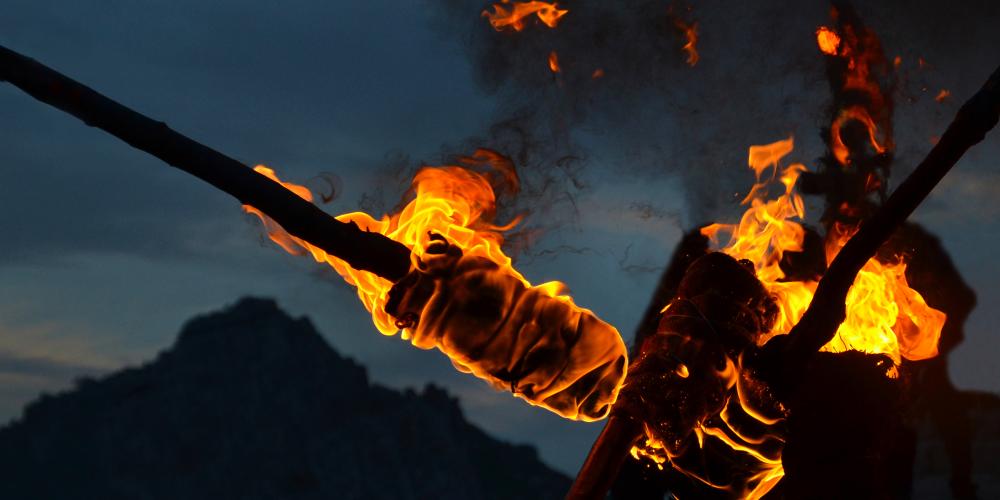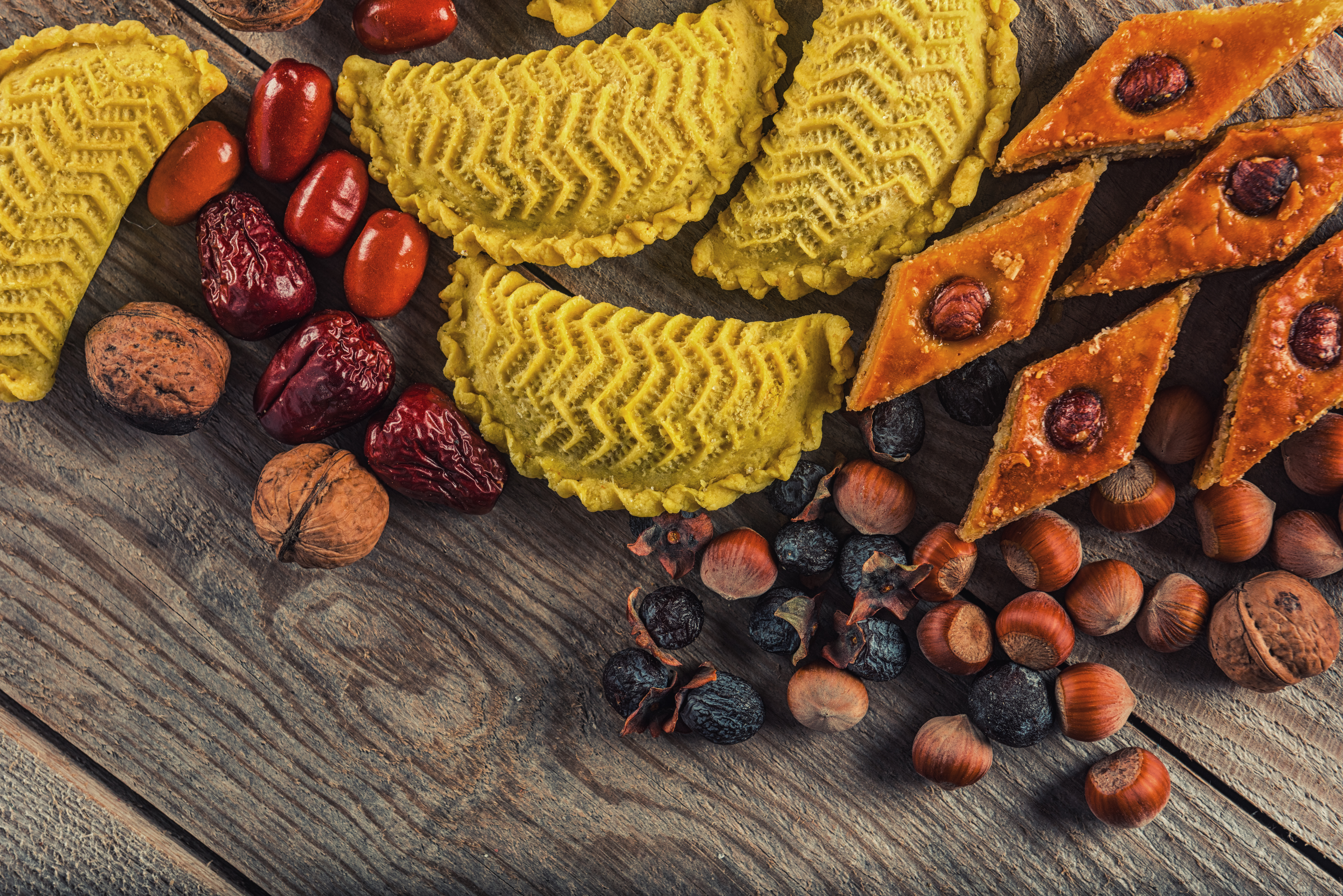Iranian New Year celebrations

For many people around the world, New Year events are held on 1 January with the change of the calendar. But in Iran, celebrations for the New Year start on the last Tuesday in March, with the holidays rooted in the tradition of the country’s Zoroastrian past.
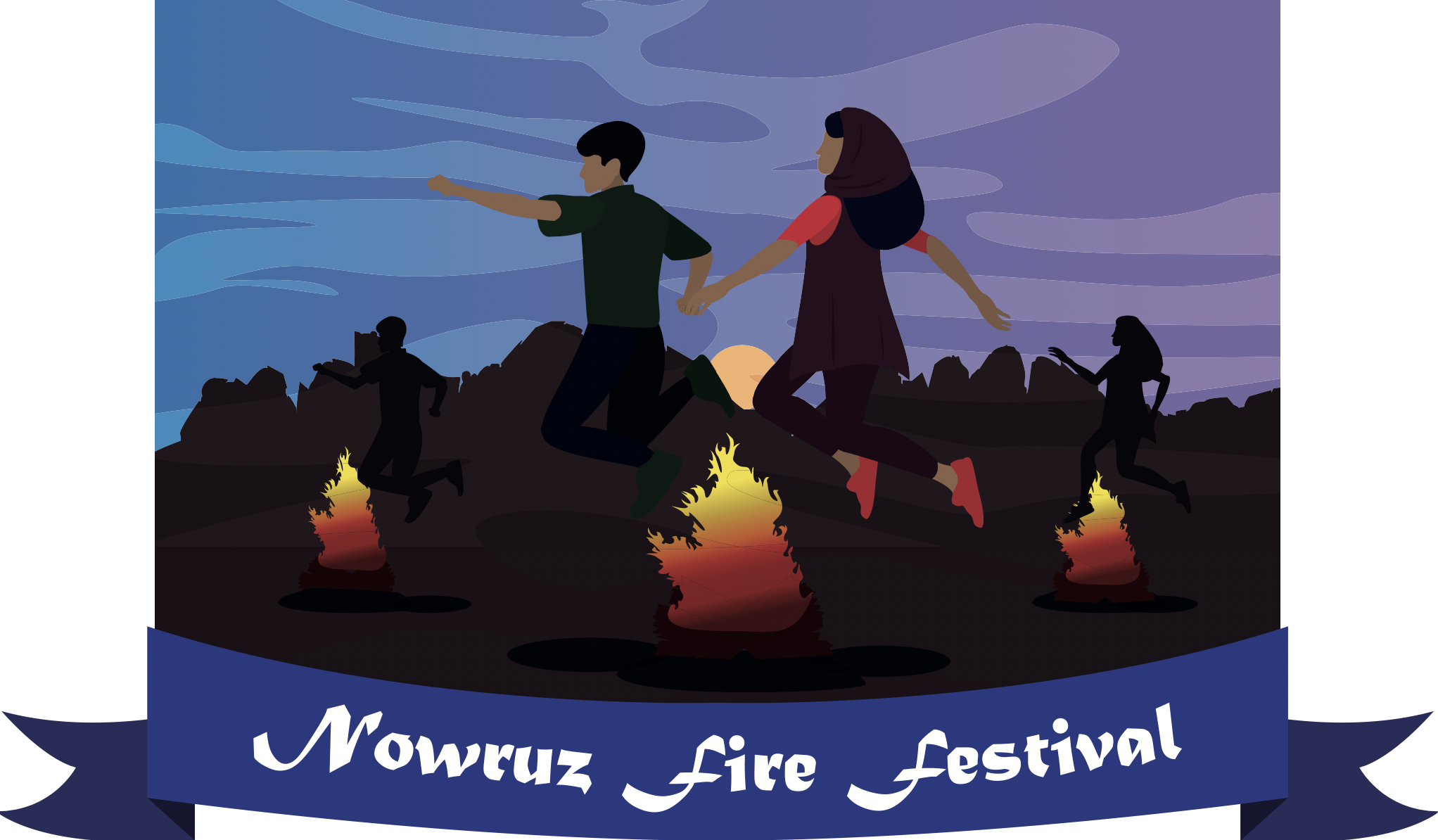
Chaharshanbe Suri is the ancient fire festival, where people partake in a number of rituals that symbolise leaving behind bad things of the previous year and starting a new one with health and happiness. There are three main customs during the day: the bonfires, Qaashoq-Zani, and Kuze-Shekani.
The first custom is the most traditional one. Families everywhere in Iran will create bonfires and jump over them to ask for health in the year to come. The second tradition, Qaashoq-Zani, is similar to Halloween, where women will go around the houses banging a spoon and pan in order to get candy from the neighbours. Finally, Kuze-Shekani is a family ritual where ceramic jars are thrown from the roof with ash from the bonfire and a few coins, representing the spelling of bad energies and poverty from their houses.
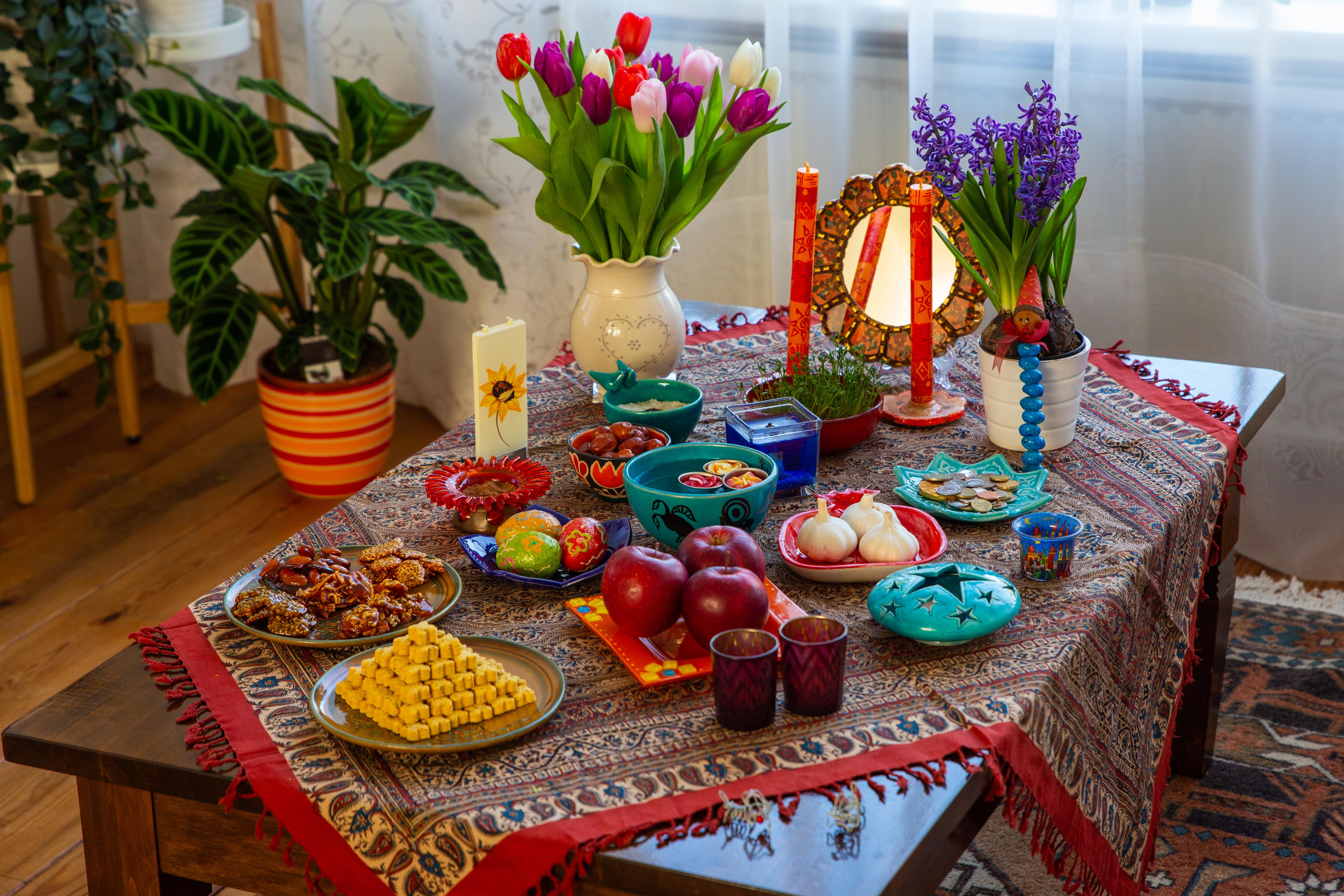
After Chaharshanbe Suri, the main celebration of New Year, Nowruz, takes place. It is celebrated on the March equinox that represents the beginning of spring in the northern hemisphere. Even though the holiday is celebrated in multiple countries across the Silk Road, Nowruz has a special meaning for Iranians as it is one of the few holidays that still carries great significance and has survived different moments of Persian history.
In Iran, the holiday is related to King Jamshid who defeated the winter. The legend says that he built a throne with precious gems. He was then carried to the skies where he shined like the sun warming up the earth and therefore defeated the winter. Nowadays, families get together during Nowruz to clean the house, shop for gifts, and have picnics.
It is important to note that Nowruz is composed of rituals throughout the month of March, including the Chaharshanbe Suri. It then culminates on the 13th day of Nowruz (the spring equinox), called Sizdah Bedar when Iranian families go and get in touch with nature, making the cities a less popular destination.
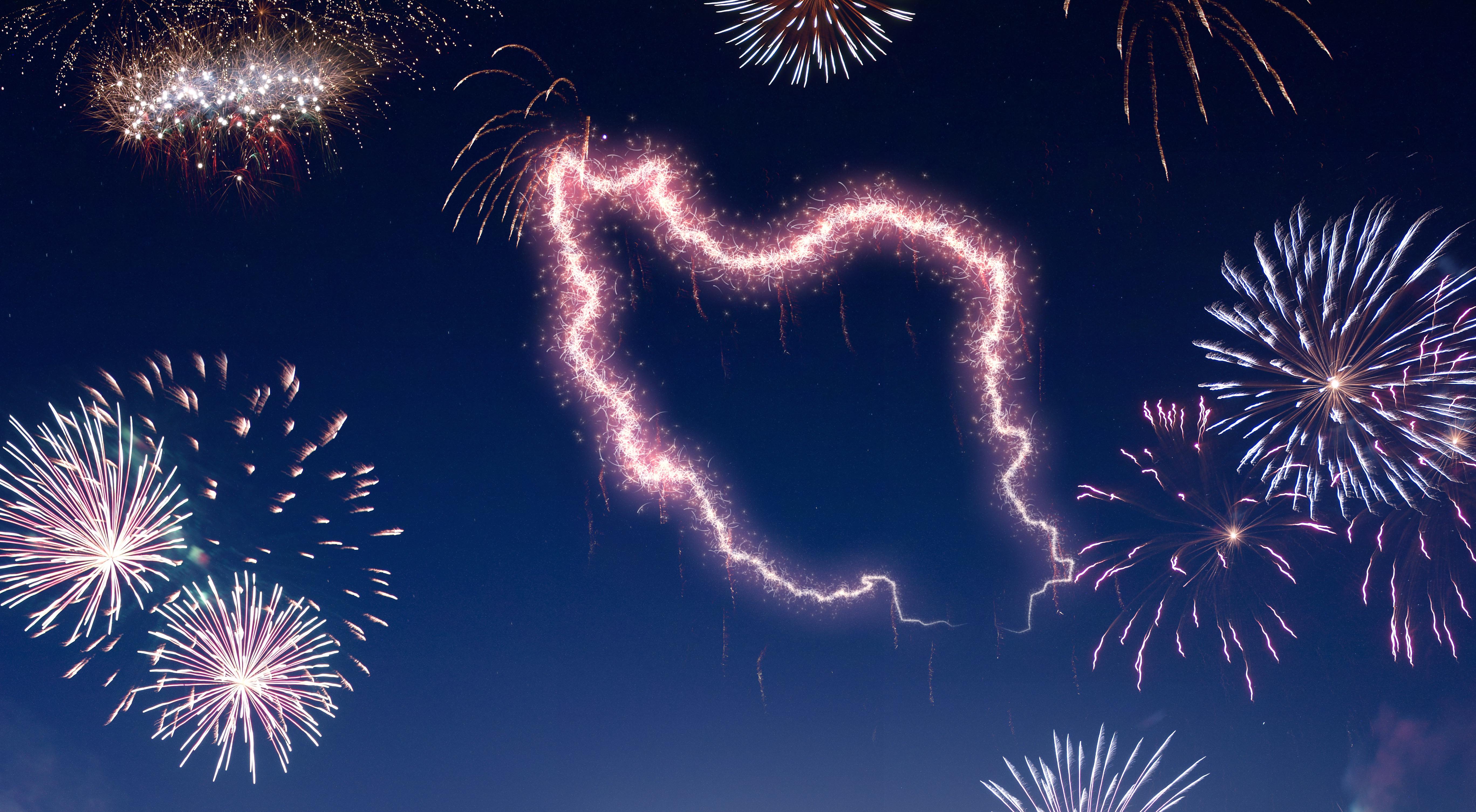
The Nowruz celebration is intriguing and unique. If you want to experience the holidays as a true Iranian and be in touch with local families, it is recommended for you to take a Chaharshanbe Suri Tour with a local agency. By doing this you will be able to have a deep understanding of all the symbology behind the holidays. A local guide can also take you to the right places and teach you how to adhere to local customs during the celebrations. There are numerous tours agencies that offer this service across the various cities of Iran.
Iranian New Year celebrations
The celebration changes date every year, make sure you search on the internet for when next year's will be!
